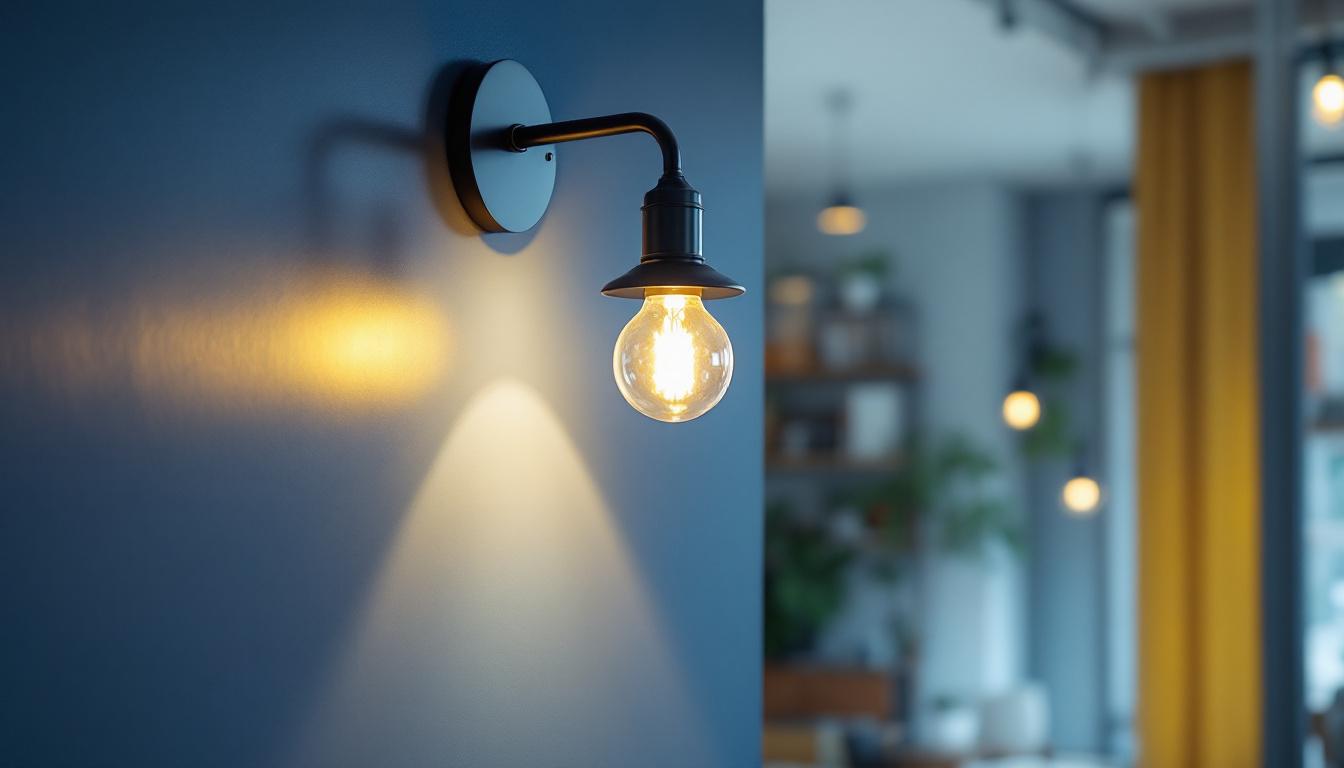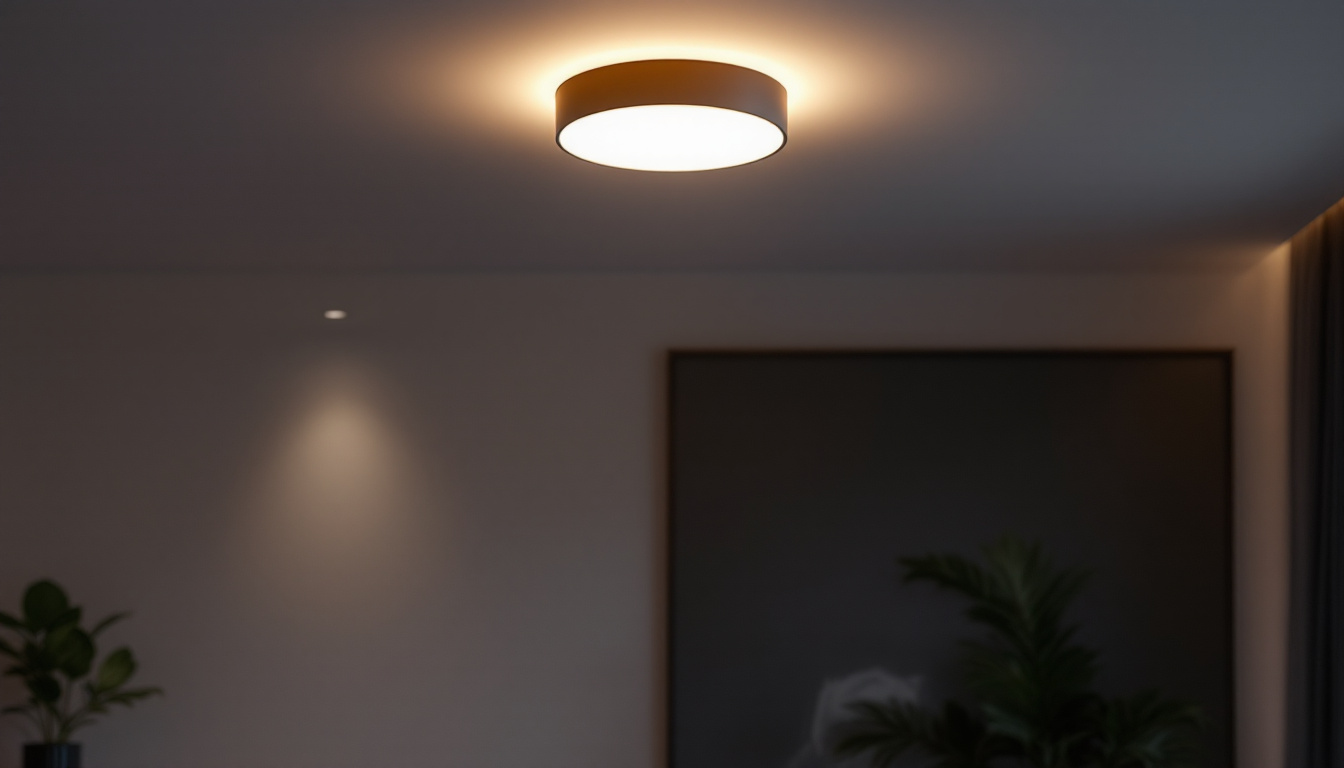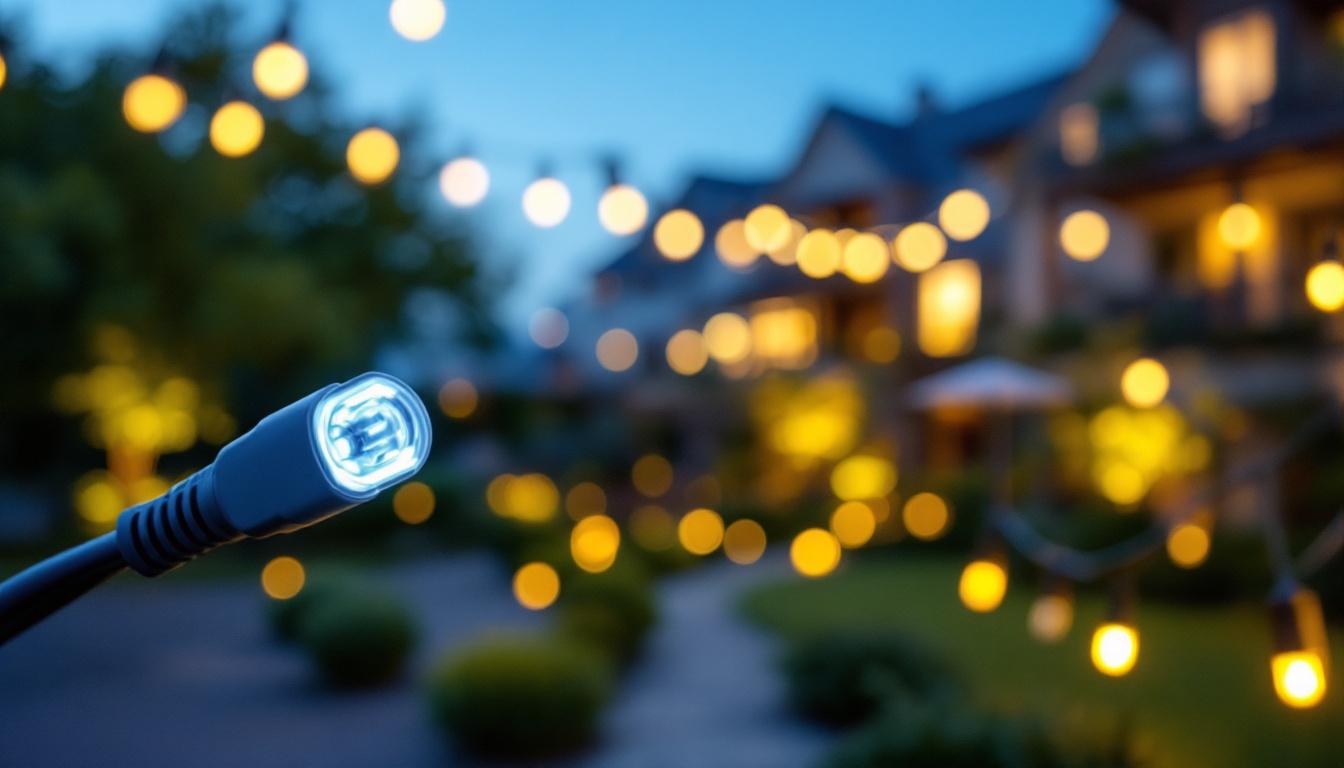
For lighting contractors, mastering the fluorescent light connection diagram is fundamental to ensuring efficient, safe, and reliable lighting installations. Fluorescent lighting remains a popular choice in commercial and industrial settings due to its energy efficiency and long lifespan. However, the complexity of its wiring demands a clear understanding of connection diagrams to avoid costly mistakes and maintain compliance with electrical codes.
A well-drawn fluorescent light connection diagram serves as a roadmap for contractors, guiding them through the wiring process step-by-step. It not only helps in proper installation but also aids in troubleshooting and maintenance. Given the variety of fluorescent fixtures, ballasts, and wiring configurations available, a thorough grasp of these diagrams is essential for any lighting professional aiming to deliver quality workmanship.
Lighting contractors frequently encounter a range of fluorescent fixtures, from single-lamp setups to multi-lamp arrays with electronic or magnetic ballasts. Each configuration requires precise wiring to function correctly. Incorrect connections can lead to flickering lights, reduced ballast life, or even electrical hazards.
Moreover, adherence to connection diagrams supports compliance with national and local electrical codes, which is critical for passing inspections and ensuring occupant safety. In an industry where reputation and reliability are paramount, understanding and utilizing these diagrams can distinguish a skilled contractor from the rest.
In addition to ensuring safety and compliance, connection diagrams also enhance the efficiency of the installation process. By providing a visual representation of the wiring layout, contractors can quickly identify the necessary components and their interconnections, reducing the time spent on-site and minimizing the likelihood of errors. This efficiency translates into cost savings for both the contractor and the client, making it a win-win situation. Furthermore, with the rise of smart lighting technologies, familiarity with connection diagrams becomes even more critical as these systems often integrate complex wiring and control mechanisms that require a solid understanding of traditional fluorescent setups.
Furthermore, the educational aspect of connection diagrams cannot be overlooked. For new lighting contractors or apprentices, these diagrams serve as an invaluable learning tool, illustrating the principles of electrical circuits and the specific requirements of fluorescent lighting systems. By studying these diagrams, they can develop a deeper understanding of electrical theory and practical application, ultimately enhancing their skills and confidence in the field. As the lighting industry continues to evolve, staying updated with the latest connection diagrams and technologies will be essential for maintaining a competitive edge and delivering exceptional service to clients.
Before diving into wiring, it’s important to familiarize oneself with the key components typically featured in a fluorescent light connection diagram. Each element plays a specific role in the lighting circuit, and their correct integration is crucial.
The fluorescent lamp itself is the light source, consisting of a glass tube filled with a low-pressure mercury vapor and phosphor coating. The lamp requires a proper electrical connection to the ballast and power source to ignite and maintain illumination. When the electrical current passes through the gas, it excites the mercury vapor, producing ultraviolet light. This ultraviolet light then interacts with the phosphor coating on the inside of the tube, resulting in visible light. The efficiency of this process is what makes fluorescent lamps a popular choice for both residential and commercial lighting.
Ballasts regulate the current to the fluorescent lamp. There are primarily two types:
Understanding which ballast is used is critical when interpreting connection diagrams, as wiring methods differ between types. The choice of ballast can also affect the overall performance and energy consumption of the lighting system, which is an important consideration for both energy savings and environmental impact.
In magnetic ballast systems, a starter is often included to initiate the lamp’s ignition. It temporarily allows current to flow through the filaments, heating them before the lamp lights. This process is essential for the proper functioning of the lamp, as it ensures that the gas inside reaches the necessary temperature for ionization. Electronic ballast systems typically do not require starters, which simplifies their wiring. However, the absence of a starter can also lead to a more complex internal circuitry within electronic ballasts, designed to handle the initial ignition and maintain the lamp’s operation without additional components.
The connection diagram also details how the power supply integrates with the ballast and lamp. This includes the line (live) and neutral wires, grounding, and any switches or controls. Proper identification and connection of these wires ensure safe operation and compliance with electrical standards. Additionally, understanding the layout of these connections can help in troubleshooting issues that may arise, such as flickering lights or complete lamp failure. It is also essential to consider the wire gauge and insulation type, as these factors can influence the overall safety and efficiency of the lighting system. In commercial settings, where multiple fixtures may be connected, the wiring must be meticulously planned to accommodate the load and ensure reliable performance across all units.
Fluorescent lighting systems can vary widely, but several common wiring configurations are essential knowledge for contractors. These configurations are often depicted in connection diagrams and understanding them facilitates accurate installation.
This is the most straightforward setup, where one ballast controls a single fluorescent lamp. The connection diagram typically shows the power supply connected to the ballast, which then connects to the lamp’s pins. Lighting contractors should pay close attention to the color-coded wires, as these indicate specific connections such as line, neutral, and lamp filaments.
In many commercial applications, multiple fluorescent lamps are powered by a single ballast. This configuration reduces material costs and simplifies control. The connection diagram for this setup is more complex, showing multiple lamp connections branching from one ballast. Contractors must ensure that each lamp is wired correctly to avoid uneven lighting or ballast overload.
These systems differ in how they ignite the lamp:
Connection diagrams for these systems highlight the differences in wiring, especially concerning filament connections and ballast terminals.
For lighting contractors, simply having access to a connection diagram is not enough. The ability to interpret and apply the information accurately is what drives successful installations.
Most fluorescent light connection diagrams use standardized wire color codes, such as black for line (live), white for neutral, and green or bare copper for ground. Ballast manufacturers may use additional colors to denote specific lamp connections. Contractors should cross-reference these colors with the diagram legend and the ballast’s wiring label to avoid confusion.
Breaking down the diagram into manageable steps helps prevent errors. Starting from the power source, contractors should trace the wiring through the ballast to the lamp pins, verifying each connection point. This methodical approach reduces the risk of miswiring and ensures the system functions as intended.
Modern contractors benefit from digital resources such as manufacturer websites, wiring simulators, and mobile apps that provide interactive connection diagrams. These tools can enhance understanding and provide real-time troubleshooting assistance on the job site.
Before energizing the circuit, contractors should verify that all connections conform to the diagram and local electrical codes. Testing continuity, proper grounding, and correct polarity are essential steps. These precautions not only prevent equipment damage but also protect installers and end-users from electrical hazards.
Fluorescent lighting systems can experience issues such as flickering, failure to start, or dim illumination. Connection diagrams are invaluable for diagnosing these problems efficiently.
Flickering often results from loose connections, incorrect wiring, or ballast failure. By consulting the connection diagram, contractors can verify that all wiring matches the recommended configuration. Tightening connections and replacing faulty ballasts usually resolves the issue.
If the lamp does not ignite, the diagram can help identify whether the problem lies with the ballast, starter (if applicable), or wiring. Testing each component in the order indicated by the diagram streamlines the troubleshooting process.
Incorrect wiring, especially in rapid start systems, can lead to premature lamp failure. Connection diagrams ensure that filament heating circuits are properly connected, extending lamp longevity and reducing maintenance costs.
For lighting contractors, fluency in reading and applying fluorescent light connection diagrams is a cornerstone of professional success. These diagrams are not mere technical drawings but critical tools that ensure installations are safe, efficient, and code-compliant.
By understanding the components, wiring configurations, and best practices for interpretation, contractors can avoid common pitfalls, streamline their workflow, and deliver superior results to clients. In a competitive market, this expertise translates into enhanced reputation, fewer callbacks, and a stronger bottom line.
Ultimately, investing time in mastering fluorescent light connection diagrams empowers lighting contractors to meet the evolving demands of the industry with confidence and precision.
Now that you understand the significance of fluorescent light connection diagrams for successful installations, it’s time to equip yourself with the best lighting products on the market. At LumenWholesale, we offer an extensive selection of spec-grade lighting solutions that meet the highest industry standards. Say goodbye to inflated markups and hello to top-quality lighting at unbeatable wholesale prices. Plus, with free shipping on bulk orders, you can stock up on all the lighting supplies you need without worrying about hidden fees. Elevate your lighting projects with the perfect combination of quality, affordability, and convenience. Wholesale Lighting at the Best Value is just a click away.

Discover why staying updated on the latest trends in lighting and fan technology is crucial for every lighting contractor.

Discover how wall mounted bracket lights can boost your lighting business profits.

Discover how lighting flush mounts can transform your installation projects into profitable ventures.

Discover the transformative journey of outdoor lighting wire connectors and their pivotal role in revolutionizing the lighting industry.